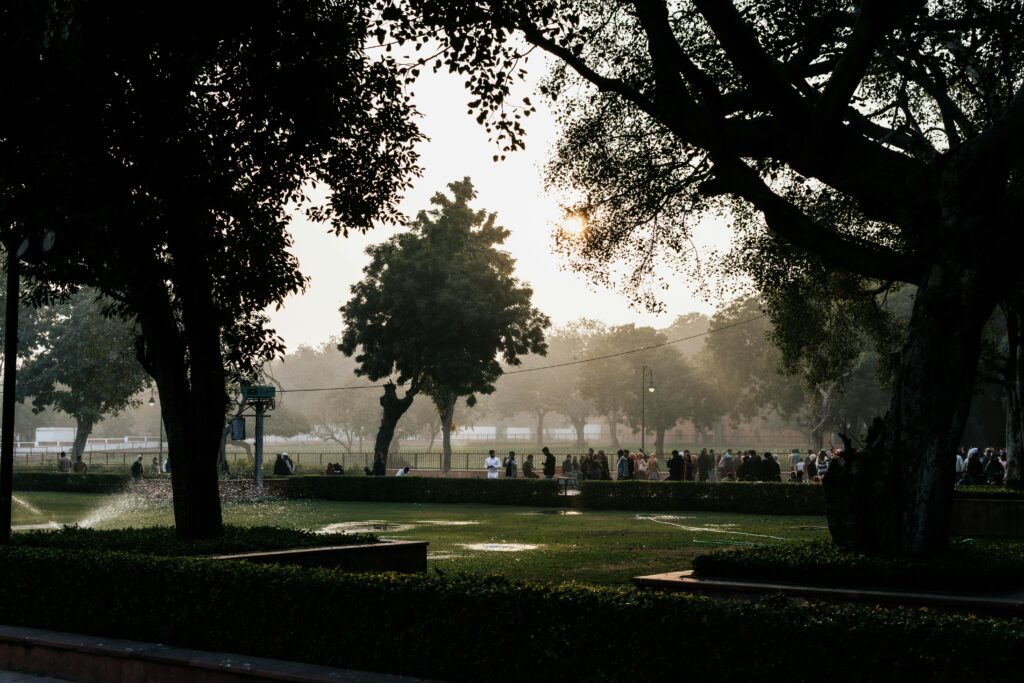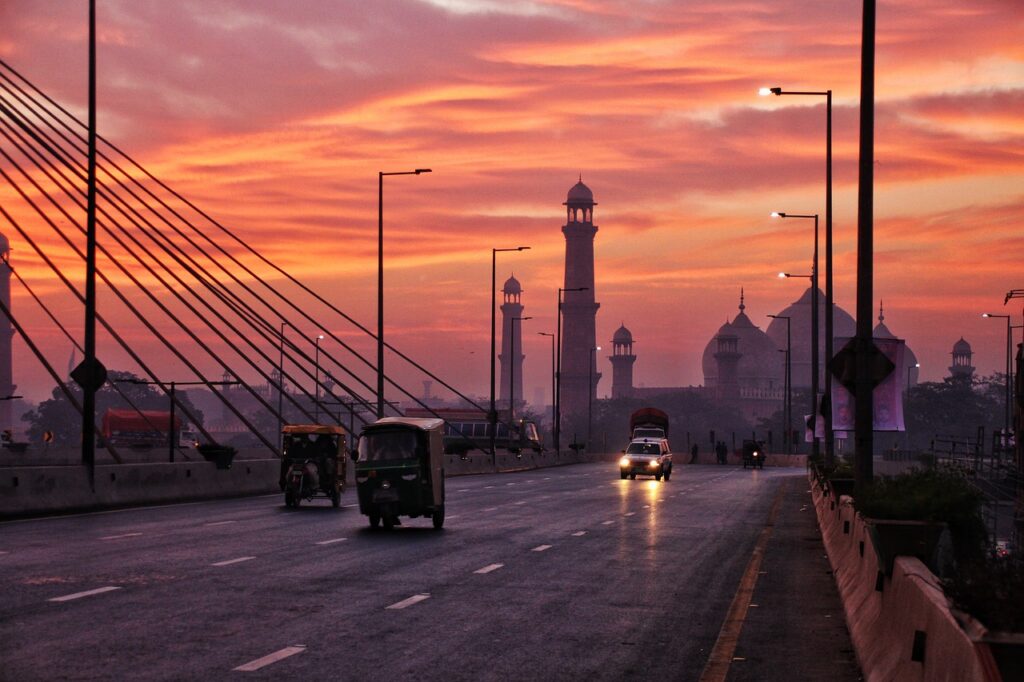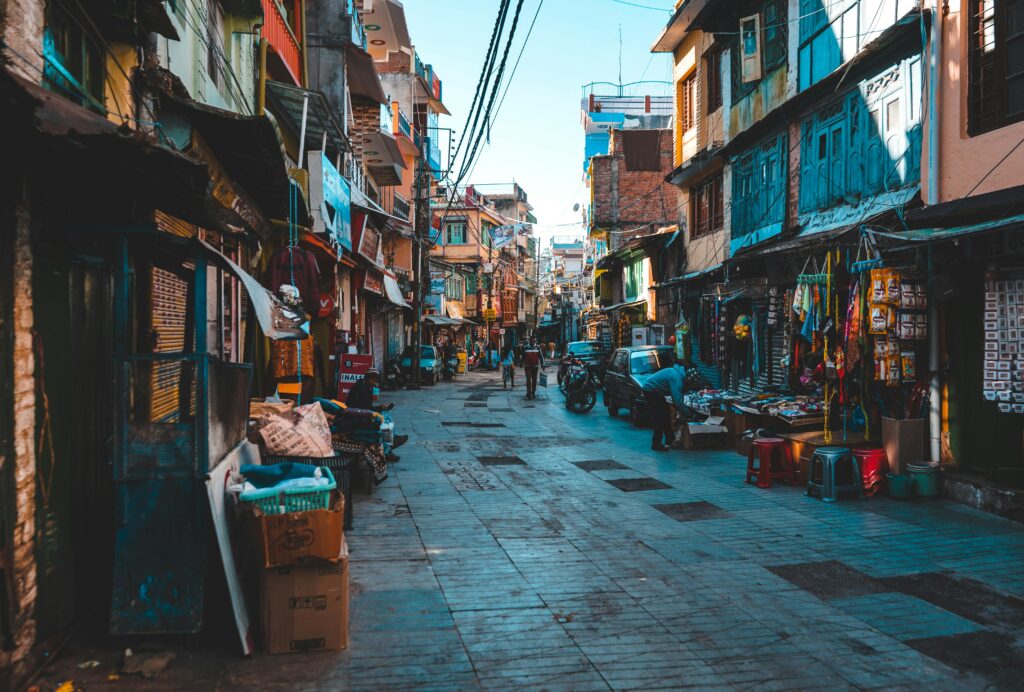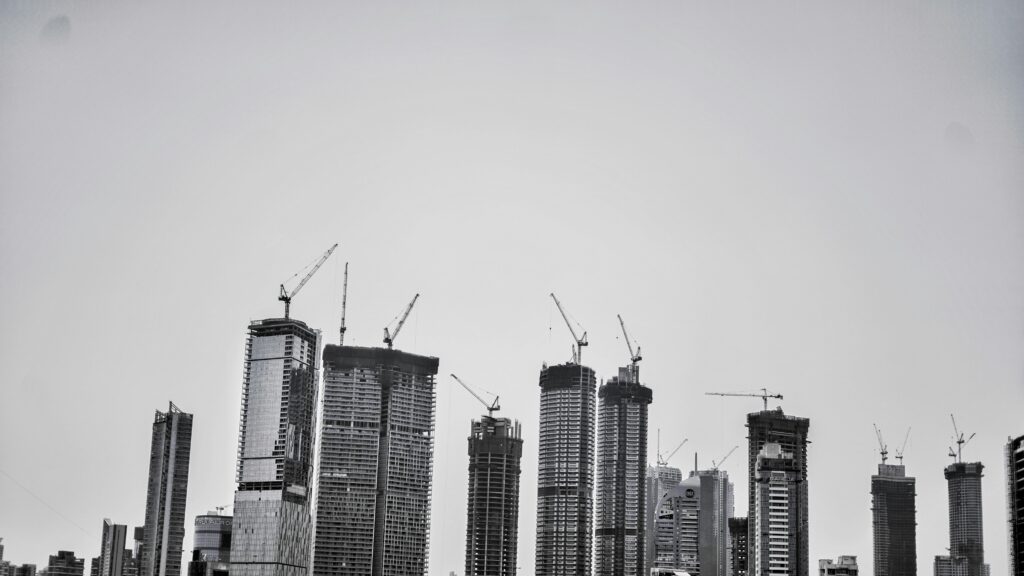
The COVID-19 pandemic reshaped how we interact with public spaces, turning bustling markets, parks, and plazas into places of caution. In India, where public spaces are the heartbeat of community life from Mumbai’s Marine Drive to Delhi’s Connaught Place the post-pandemic era demands innovative designs that prioritize safety, flexibility, and inclusivity. With India’s urban population projected to hit 600 million by 2030, architects and urban planners are reimagining public spaces to foster resilience and connection. This blog dives into the post-pandemic design trends transforming India’s public spaces, showcasing local examples and envisioning a vibrant, adaptive future.
Why Post-Pandemic Public Spaces Matter in India
Public spaces in India are more than urban amenities; they’re cultural and social lifelines. Street markets like Chennai’s T. Nagar, temple courtyards, and community parks host daily interactions, commerce, and festivals. The pandemic exposed vulnerabilities overcrowding, poor ventilation, and inadequate sanitation prompting a rethink. A 2024 survey by the Indian Institute of Urban Designers found that 85% of Indians want public spaces that balance safety with accessibility. Post-pandemic design trends are addressing these needs while aligning with initiatives like the Smart Cities Mission and AMRUT.
Key Post-Pandemic Design Trends in India

- Flexible and Modular Designs
Public spaces are becoming adaptable to changing needs. Modular seating, movable partitions, and pop-up structures allow spaces to shift from markets to event venues. For example, Bengaluru’s Cubbon Park introduced modular pavilions in 2024, enabling safe distancing during festivals and open-air workspaces during weekdays. - Open-Air and Ventilated Spaces
Ventilation is now a design priority to reduce disease transmission. Architects are incorporating breezeways, pergolas, and green canopies. The rejuvenated Kartavya Path in Delhi, redesigned post-2022, uses wide, tree-lined walkways and open plazas to ensure airflow and comfort in the capital’s humid climate. - Touchless Technology Integration
Touchless features like sensor-based lighting, water fountains, and ticketing systems enhance safety. Mumbai’s Bandra Kurla Complex (BKC) introduced QR-code-based entry for its public amphitheater, reducing physical contact while streamlining access during events. - Green and Biophilic Design
Post-pandemic, there’s a surge in biophilic design to boost mental health. Public spaces are integrating vertical gardens, urban forests, and water features. Kochi’s Marine Drive Walkway, revamped in 2024, added native plant walls and shaded seating, creating a calming oasis amid urban sprawl. - Inclusive and Accessible Spaces
Inclusivity is key, with designs catering to diverse groups elders, children, and differently-abled individuals. Ahmedabad’s Sabarmati Riverfront now features tactile pathways, ramps, and braille signage, ensuring accessibility while hosting community events. - Hybrid Spaces for Work and Leisure
Public spaces are blending work, leisure, and social functions. Chennai’s Elliot’s Beach promenade introduced Wi-Fi-enabled co-working zones with solar-powered charging stations, catering to freelancers and students while retaining its recreational charm.
Indian Projects Leading the Way

- Hyderabad’s Durgam Cheruvu Lakefront
This revamped public space combines biophilic design with post-pandemic priorities. Floating decks, open-air cafes, and touchless ticketing create a safe, flexible environment. The project, completed in 2024, draws 10,000 visitors weekly, proving the appeal of adaptive design. - Pune’s Smart Street Initiative
Pune’s JM Road was transformed into a pedestrian-friendly “smart street” with modular seating, solar-powered lighting, and air-purifying plants. AI-driven crowd monitoring ensures safe occupancy levels, a model for other Indian cities. - Kolkata’s Eco Park Expansion
New Town’s Eco Park added open-air theaters and socially distanced seating zones in 2024, blending cultural vibrancy with safety. Native trees and rainwater harvesting align with Kolkata’s sustainability goals. - Jaipur’s Walled City Plazas
Jaipur’s heritage markets, like Johari Bazaar, introduced shaded micro-plazas with touchless water stations and flexible vendor stalls. These spaces preserve Rajasthan’s cultural identity while adapting to modern health needs.
Challenges in Redesigning India’s Public Spaces

Despite progress, challenges persist. Funding constraints limit large-scale redesigns, with many municipal budgets prioritizing infrastructure over public amenities. Overcrowding remains a hurdle in dense cities like Mumbai, where 60% of public spaces exceed safe capacity during peak hours, per a 2024 NIUA study. Maintenance of touchless technology and green features is another issue, especially in smaller towns with limited resources.
Cultural resistance can also impede change. Vendors and communities may oppose redesigns that disrupt traditional layouts, as seen in initial pushback to Delhi’s Chandni Chowk redevelopment. Engaging local stakeholders through participatory design is crucial to balance heritage with innovation.
The Future of India’s Public Spaces

The future of India’s public spaces lies in resilience and community focus. By 2030, trends like AI-driven urban planning and smart infrastructure will dominate. For instance, Surat’s Smart City project is piloting AI sensors to monitor air quality and crowd density in public parks, optimizing safety in real-time. Modular designs will scale up, enabling spaces to host vaccination drives or emergency shelters during crises.
Sustainability will drive innovation. Rainwater harvesting, solar panels, and recycled materials will become standard, as seen in Bhopal’s upcoming Upper Lake promenade. Rural public spaces, like village chaupals, will adopt low-cost, vernacular designs with biophilic elements, supporting India’s rural-urban balance.
Education and advocacy are vital. Institutions like SPA Delhi are offering courses on post-pandemic urban design, while campaigns like #SwachhBharat promote public space upkeep. As architect B.V. Doshi emphasized, “Public spaces must breathe with the people they serve.”
Tips for Designing India’s Future Public Spaces
- Engage Communities: Involve locals in planning to ensure designs reflect cultural and practical needs.
- Prioritize Low-Cost Solutions: Use vernacular materials and modular kits to make projects scalable across tier-2 and tier-3 cities.
- Integrate Technology Smartly: Adopt affordable touchless systems, like solar-powered sensors, to enhance safety without high maintenance.
- Focus on Greenery: Plant native species to reduce upkeep costs and improve air quality.
- Plan for Scalability: Design spaces that can adapt to future pandemics, climate shifts, or population growth.
Conclusion
India’s public spaces are evolving into resilient, inclusive hubs that honor the country’s vibrant spirit. From Hyderabad’s lakefront to Pune’s smart streets, post-pandemic design trends are creating safer, greener, and more adaptive environments. While challenges like funding and overcrowding persist, the fusion of technology, sustainability, and community engagement is paving the way for a new era. As India urbanizes, these spaces will remain the soul of its cities, fostering connection and resilience. Let’s design public spaces that not only survive but thrive for generations.

